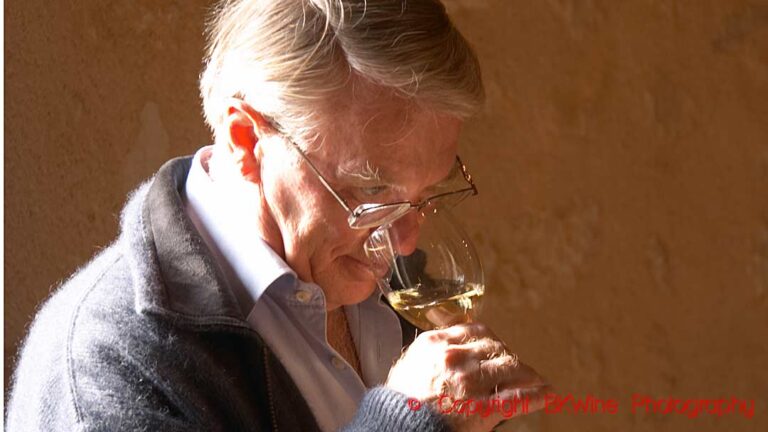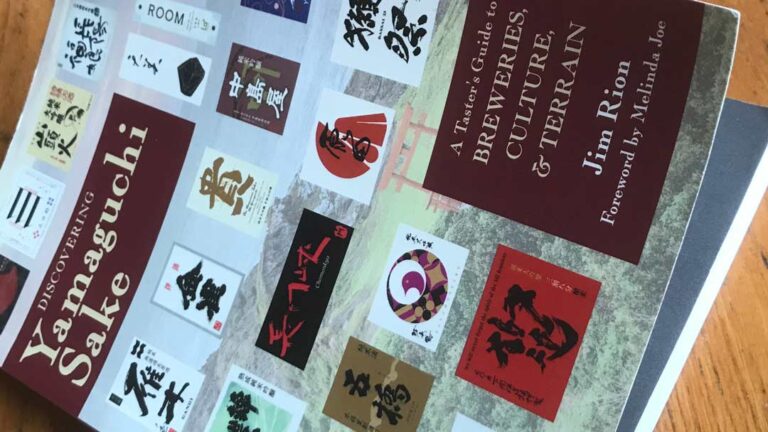Not only wine is worth drinking. Saké too. That is certainly Brian Ashcraft’s conviction. He tries to convey all his passion for sake and all his knowledge (or at least a good part of it) in his book The Japanese Saké Bible. And he does an excellent job of it.
Sake (as it is also written) is made from rice. But it is not quite as simple to make saké as making wine. When you make wine, you simply pick the grapes, crush them and let them ferment. (Yes, this is, of course, wildly simplified.) It’s a lot more complicated to make saké, and the knowledge and skills of the maker of saké play a perhaps even more critical role than in winemaking.
After you have harvested the rice, you need to “polish” it, remove the outer layer. Then you need to get some mould to work its magic on the rice. The mould affects the starch in the rice and breaks it down to sugar that the yeast can ferment into alcohol. The whole process is very manual and involves a lot of hands-on work by the sake-maker. The saké master is perhaps more important than where the sake comes from. Another difference from wine is that whereas wine is basically just made from one ingredient, grapes, plus its origin, saké has five pillars to build its character on: rice, water (that is added), koji (the result of the mould’s action), yeast, and also its origin, or the “soil” as the author says.
But there are also many similarities to wine. Using different kinds of rice makes a big difference, just like different kinds of grape varieties. Saké can be drunk young (without ageing), or aged. It can be aged in oak casks, or be “white”. And there is, of course, the vast variety of tastes and styles.
The bulk of Brian Ashcraft’s book is about how sake is made, a good dose of history, and which the leading producers are. He also explains in great detail the different types of styles of sake. There’s saké to serve cold, or at room temperature and even hot. There’s sparkling sake, and there’s oak-aged sake. Sake that goes with food and sake that you should drink on its own. A world to explore.
The book also has a buyer’s guide with a selection of the world’s top 100 sakes. All are presented with tasting notes commentaries, a rating and even recommended food pairings.
The book is elegantly presented with plenty of colour photographs, both from the author’s own travels in Japan as well as a lot of fascinating historical photos. The writing style is easy-going, almost modern magazine-style, just like the structure of the book. Some chapters are a bit over-lapping, good if you forget; there are inserts that tell stories to illustrate specific points, a bit like a glossy magazine. It is probably a book that is best read by dipping in here and there, rather than reading from cover to cover, and then going back once in a while to dig deeper.
The Japanese Saké Bible by Brian Ashcraft (published by Tuttle) is just what it says; it is a gold mine of information for the one who wants to discover sake.












